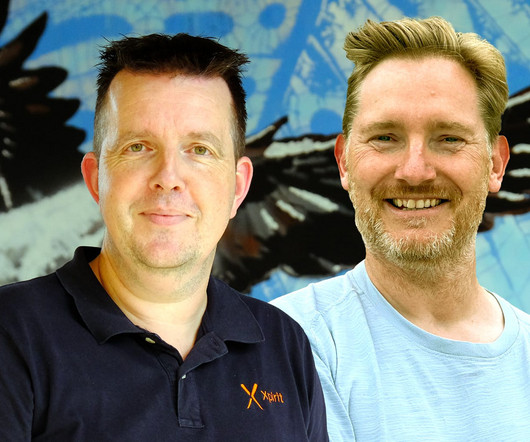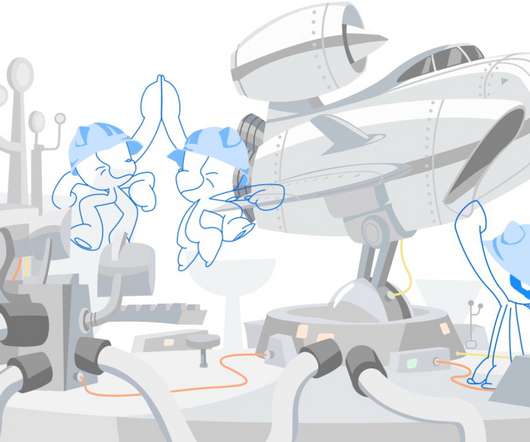InnerSource, a practice that brings open-source principles to internal software development within organizations
Xebia
NOVEMBER 1, 2023
InnerSource can be defined as the application of open-source software development principles within an organization’s internal software development processes. It draws on the valuable lessons learned from open-source projects and adapts them to the context of how companies create software internally. What is InnerSource?
















Let's personalize your content